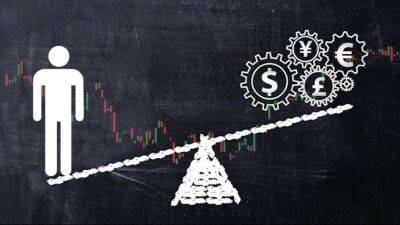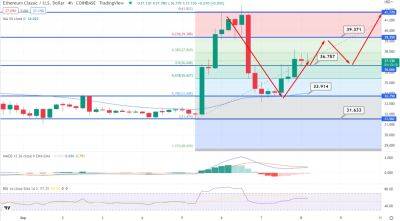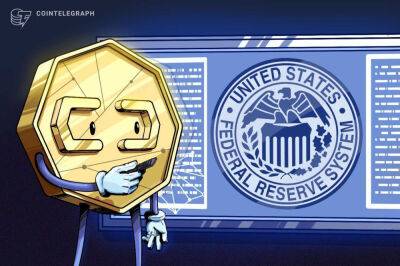US Federal Reserve discussion paper takes cold, hard look at DeFi, gives it mixed review
There are more than 1,400 DApps in operation and their number is growing rapidly, according to a United States Federal Reserve Board discussion paper dated in June but released on Aug. 30. Ethereum is their biggest host with 470, or 31%, of them. Those decentralized finance (DeFi) products represent a very small share of the global financial system, but may still pose risks to financial stability, the authors said.
The cumulative gross value of DeFi products ranged from $78 billion to $224 billion at the beginning of the second quarter of 2022, depending on how DeFi was defined, the paper said. Those figures have fallen dramatically since then, as the crypto winter descended. At the same time, technological developments are improving DeFi’s processing capacity. The authors speculate that wholesale investors are the biggest DeFi users.
The bulk of the paper was devoted to the risks and benefits the authors perceive in DeFi. Cryptocurrency volatility inhibits DeFi’s growth, and risks to the broader financial system are small at present, the authors said, but:
Many of the paper’s insights show similar cynicism.
Related: Crypto market turmoil highlights risks of leverage in trading
DeFi’s resistance to censorship is overstated, and transparency could be a competitive disadvantage for institutional investors and an invitation for wrongdoing, the authors said. Retail investors will always be vulnerable, since:
Finally, DeFi’s potential further integration with the traditional financial market exposes the traditional side to risks because, “If a user suffers losses transacting through a dapp, the user could find it challenging to determine who to sue on the DeFi side, but it may not be difficult to identify the traditional
Read more on cointelegraph.com






















